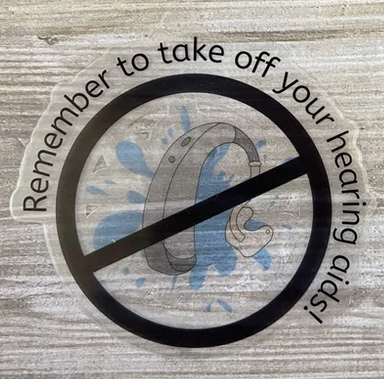Degrees of hearing loss refer to the severity of the loss and are generally described as mild, moderate, severe, or profound. Hearing loss that borders between two categories is typically labeled as a combination of the two categories (for example, thresholds at 60 dB HL might be called moderate-to-severe). An audiologist can determine the severity of your hearing loss by conducting a hearing test. With over-the-counter hearing aids, online hearing tests are also becoming more common, but it is a good idea especially if the results show a hearing loss to follow up the test with an in-person assessment.
Hair cells (as shown in an animal model) are the sensory cells that enable hearing. When they are damaged, a hearing loss occurs.
Mild Hearing Loss
People with a mild hearing loss may have difficulty hearing soft spoken people and young children. They are often able to hear the loud or more intense vowel sounds, but may miss some of the softer consonant sounds. They may have to ask people to speak up or repeat themselves on occasion. For someone with typical hearing, this is comparable to placing fingers in one's ears.
Moderate Hearing Loss
In addition to missing consonant sounds, vowel sounds then become more difficult to hear. People with a moderate hearing loss often comment that without hearing aids they hear, but can’t always understand.
Moderately Severe Hearing Loss
Without hearing aids, speech is inaudible. Even with hearing aids, speech may be difficult to understand. Increasing the amplification doesn’t always make it clearer.
Severe
Without hearing aids or cochlear implants, speech is inaudible.
Profound
Without hearing aids, may be unable to hear very loud sounds like airplane engines, traffic, or fire alarms.
Visualizing Hearing Loss as a Scale
Hearing loss is measured on a scale of decibels (dB) as shown on the y axis. The x axis indicates ability to hear various frequencies at certain levels of hearing loss, like the sound of a bird chirping at ~6000 Hz. A person fitted with hearing aids for the first time will often immediately notice their ability to hear birds chirping.
An audiogram showing a profound bilateral (both ears) hearing loss. Source: Cochlear















Which noises should we be aware of this holiday season?